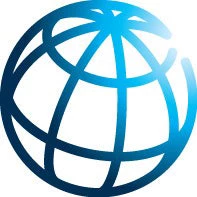Each year on July 1, The World Bank revises the classification of the world’s economies based on estimates of gross national income (GNI) per capita for the previous year. The updated GNI per capita estimates are also used as input to the Bank’s operational classification of economies, which determines their lending eligibility. As of 1 July 2012, the World Bank income classifications by GNI per capita are as follows:
- Low income: $1,025 or less
- Lower middle income: $1,026 to $4,035
- Upper middle income: $4,036 to $12,475
- High income: $12,476 or more
Low- and middle-income economies are sometimes referred to as developing economies. The term is used for convenience; it is not intended to imply that all economies in the group are experiencing similar development or that other economies have reached a preferred or final stage of development.
Changes in classification
The classification tables include all World Bank members, plus all other economies with populations of more than 30,000. Gibraltar and Mayotte have been removed from the World Development Indicators (WDI) database as Gibraltar's population fell below 30,000. Mayotte became an overseas department of France on March 31, 2011. South Sudan declared its independence on July 9, 2011—and became a member of the World Bank on April 18, 2012—but was not officially classified by income in FY12.
| Economy | Old group |
New group |
Albania |
Upper middle |
Lower middle |
Angola |
Lower middle |
Upper middle |
Mauritania |
Lower middle |
Low |
South Sudan |
.. |
Lower middle |
St. Kitts and Nevis |
Upper middle |
High |
Turkmenistan |
Lower middle |
Upper middle |
Tuvalu |
Lower middle |
Upper middle |
For more information please visit the World Bank country classification site or send an email to data@worldbank.org.


Join the Conversation